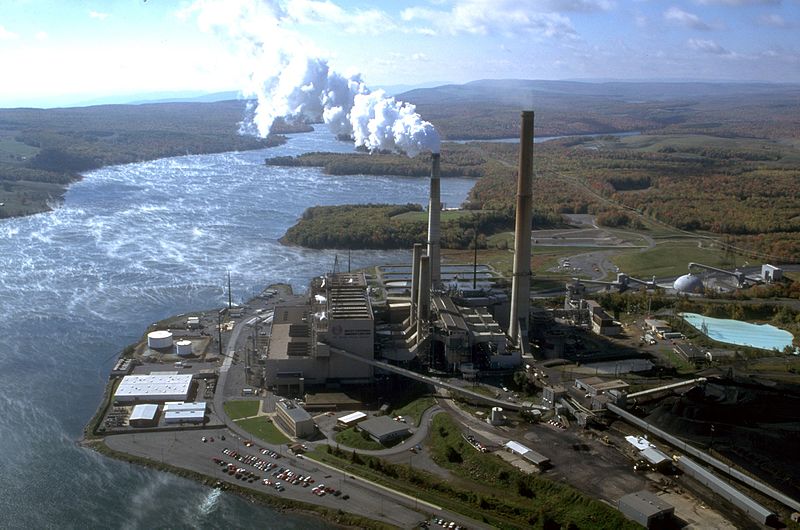WV v. EPA: What You Should Know about the Supreme Court Case and its Impact on Public Health, Climate Action, and Environmental Justice
On February 28th, the Supreme Court will take up a case which could prevent the executive branch of our government from taking climate action – West Virginia v. Environmental Protection Agency (WV v. EPA).
Mount Storm Power Station in Grant County, WV.
WV v. EPA challenges the authority of the EPA to regulate carbon dioxide as it relates to climate change. This involves determining the regulation of power plant emissions under the Clean Air Act. Power plants account for almost one-third of all domestic greenhouse gas emissions, and communities of color and low-income communities bear a disproportionate burden of air pollution. So, reducing power plant emissions will be essential in achieving the climate targets deemed necessary by a global scientific consensus and in producing health benefits for frontline communities.
To understand the origins of the current case, we have to go back to a 2015 policy established under the Clean Air Act – the Clean Power Plan. But by 2016 several states and coal companies challenged the policy, and the Supreme Court “stayed” the plan and a less stringent policy, Affordable Clean Energy Rule (ACE), was implemented. On January 19th, 2021, the D.C. Circuit Court struck down ACE vacating the rule.
Now, West Virginia is leading a legal challenge of that decision, in order to prevent a more stringent rule, like the CPP, from being adopted. The case has serious implications for the future of climate action and environmental justice. A ruling that is favorable to petitioners could affect the future regulatory ability of the EPA.
We’ll be keeping a close eye on the challenge as it makes its way through the court.





